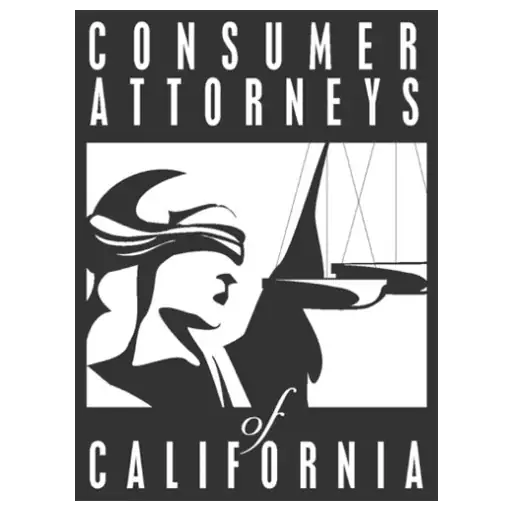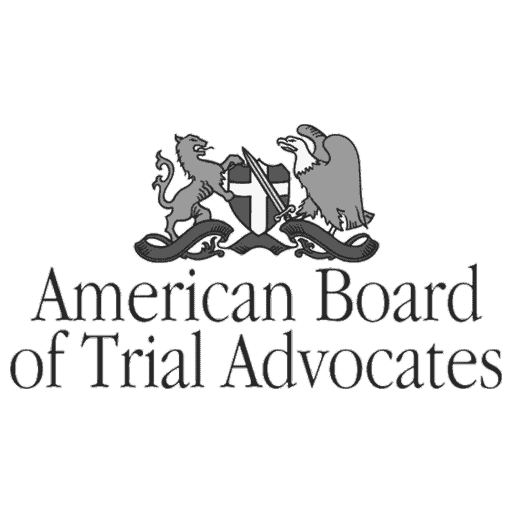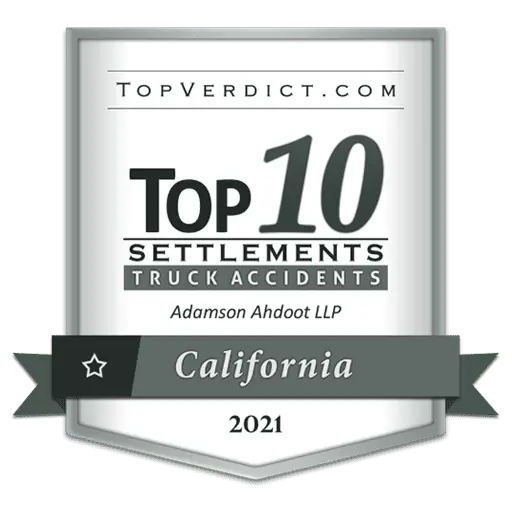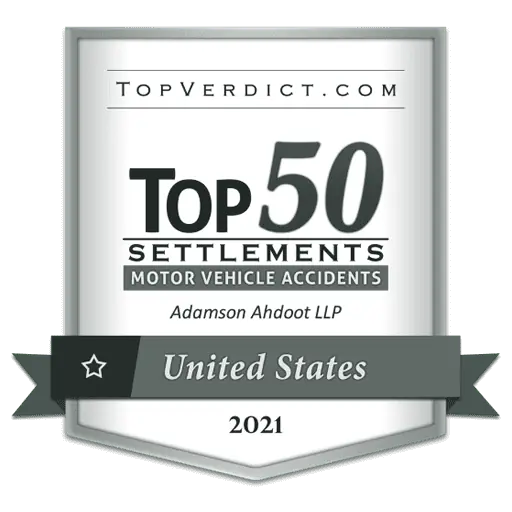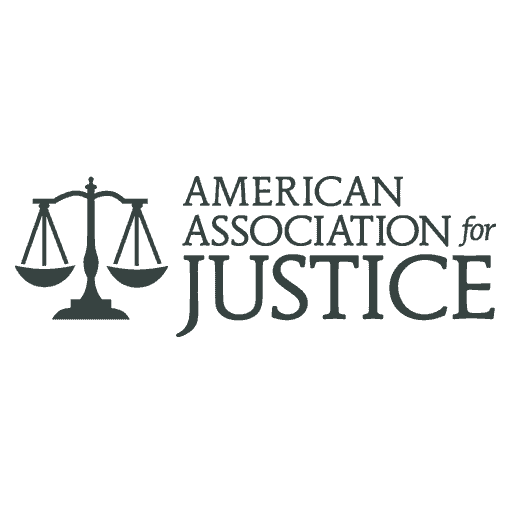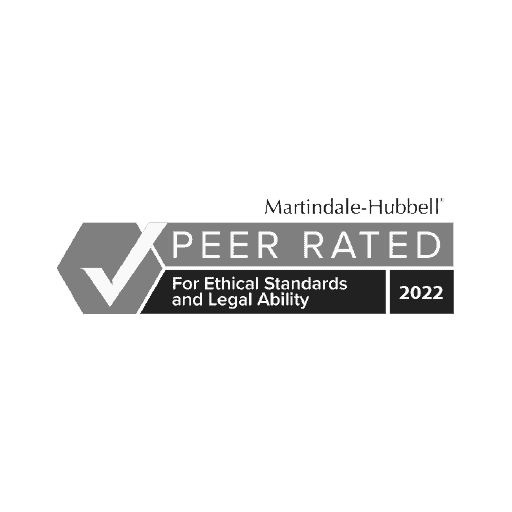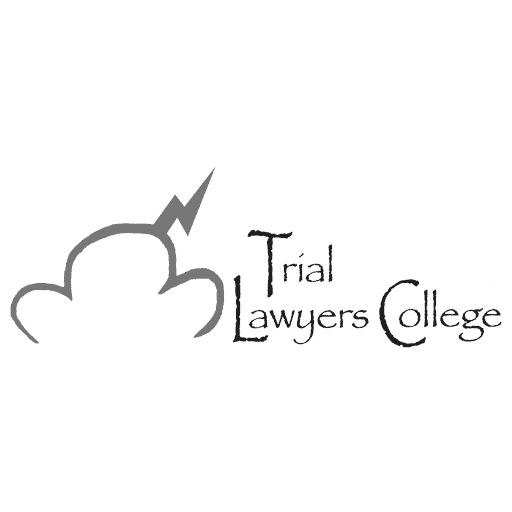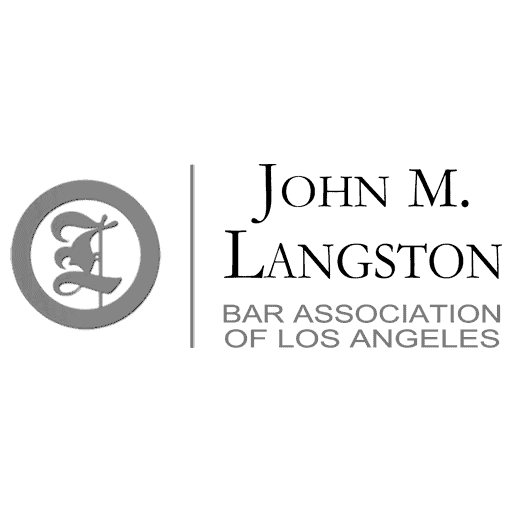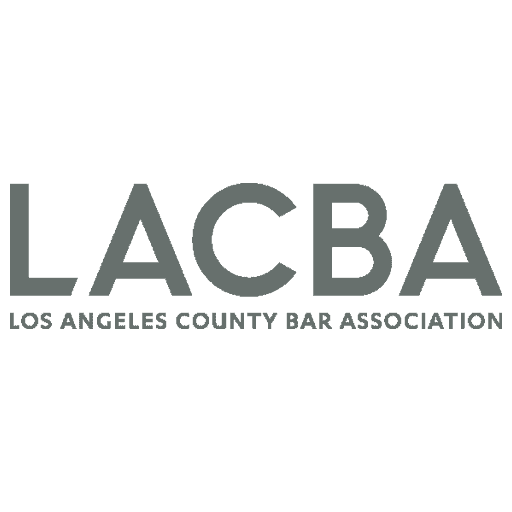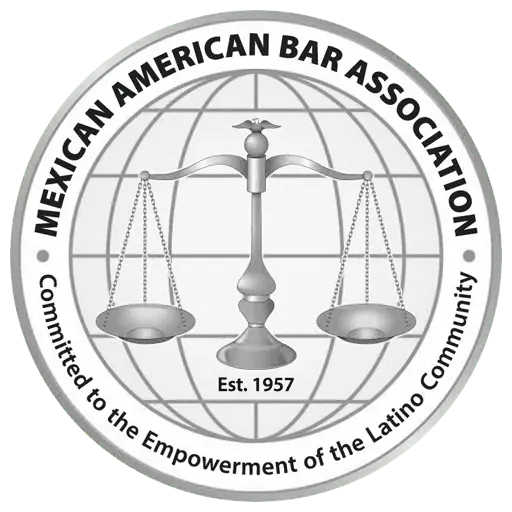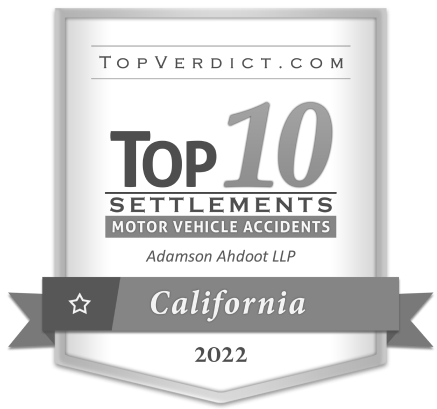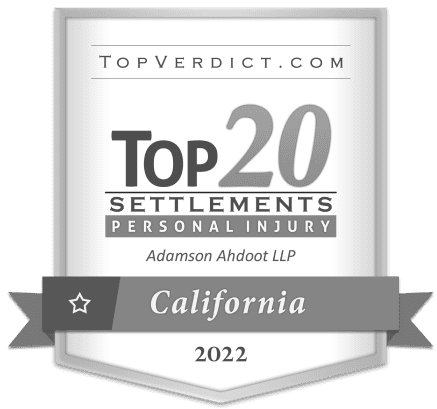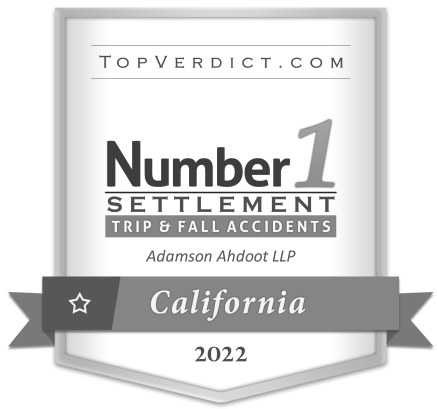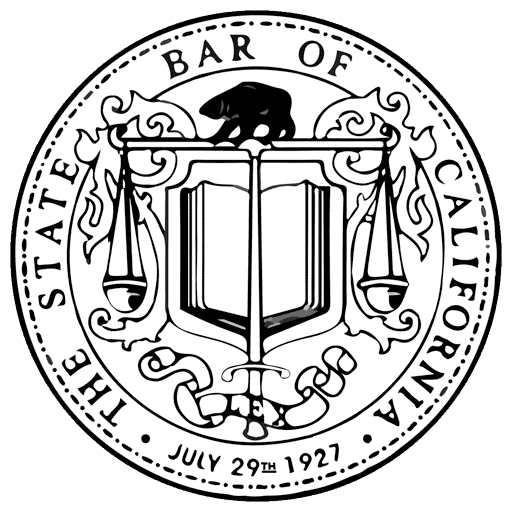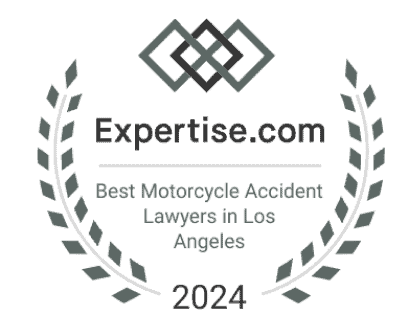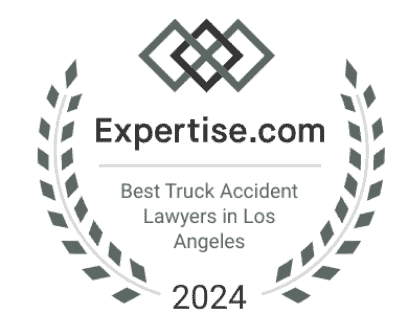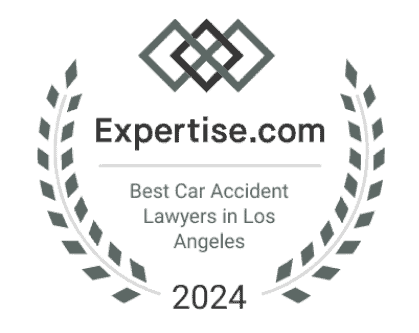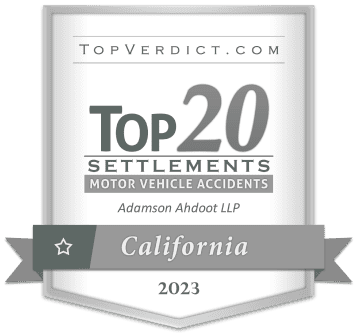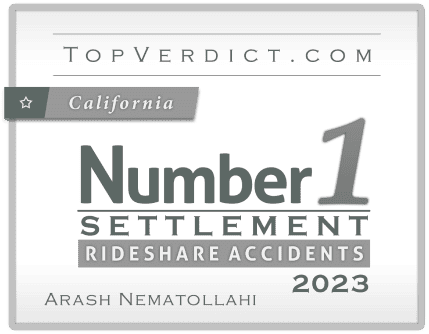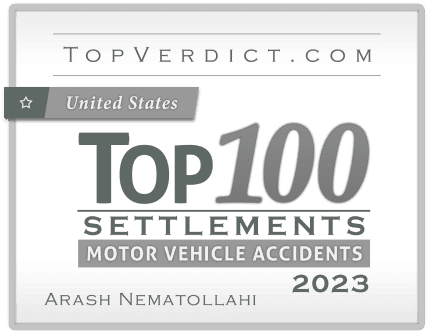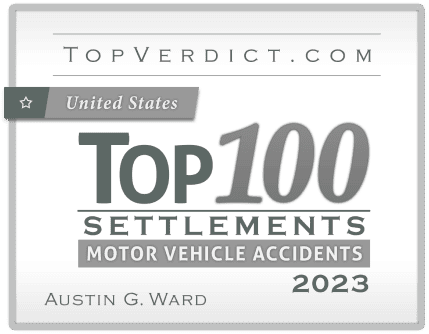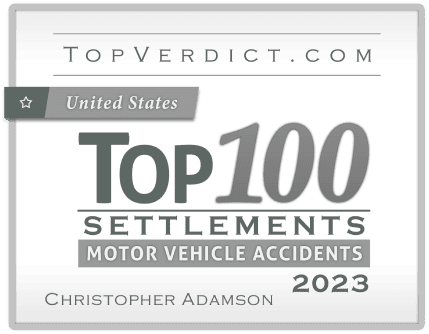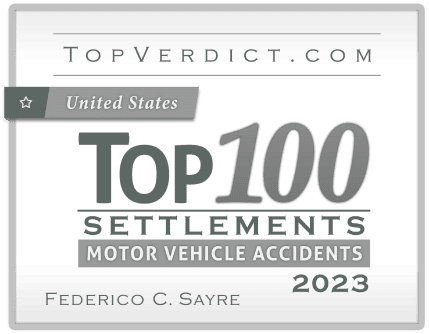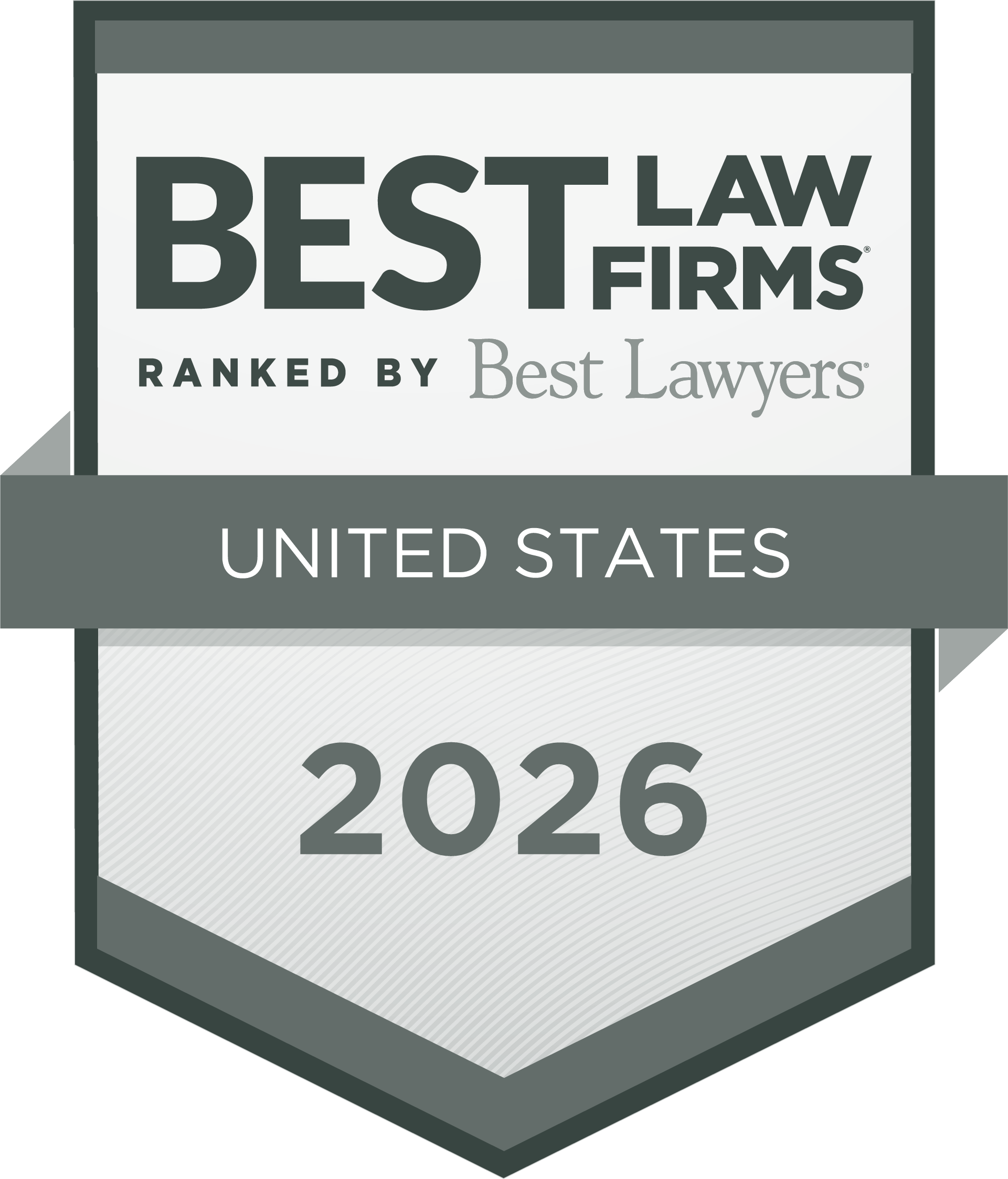Tesla’s vehicles, particularly the bold and futuristic Cybertruck, are once again under scrutiny. Since its release, the Cybertruck has been involved in a series of alarming incidents. The most tragic took place in Texas, where a malfunction allegedly caused a Cybertruck to catch fire while the driver was still inside, resulting in death.
This deadly event adds to Tesla’s growing list of legal and financial troubles. Amid its sharpest revenue decline in over a decade, the company is facing multiple lawsuits over its Autopilot system. Additionally, the California Department of Motor Vehicles (DMV) has threatened to revoke Tesla’s sales licenses for allegedly misleading advertising.
In this blog post, we examine the Texas Cybertruck fire, explore Tesla’s potential liability under California’s product defect laws, and highlight other major injury and death cases involving this controversial vehicle.
If you or someone you love has been injured in a Tesla-related accident, you may be entitled to compensation. At Adamson Ahdoot, we have the legal experience and resources to take on powerful corporations. Call us today at (800) 310-1606 or complete our online form for a free consultation.
Driver Dies After Getting Trapped Inside Cybertruck Fire
One of the most alarming Cybertruck fire deaths to date led to a wrongful death lawsuit filed in June 2025. The incident occurred in August 2024, when Michael Sheehan, a 47-year-old Texas resident, tragically died after becoming trapped inside his Tesla Cybertruck following a crash that sparked a fatal fire.
Sheehan was driving home when he lost control of the vehicle, veered off the road, and struck a concrete culvert. The impact severely damaged the battery system, which then triggered a thermal runaway. This dangerous chemical reaction causes the battery to short-circuit, ignite, and produce uncontrollable temperature spikes.
The main problem is that the Cybertruck lost all power following the failure, leaving the doors completely inoperable. The exterior door handles stopped working, and the interior emergency release latches were reportedly difficult to locate amid the emergency. Trapped inside with no escape, Sheehan tragically perished in the fire.
Tesla Sued for Wrongful Death and Cybertruck Design Defect
Almost a year after Michael Sheehan’s tragic death, his family has filed a lawsuit against Tesla, alleging that the Cybertruck’s design is dangerously defective. The plaintiffs claim that the vehicle lacks a reliable emergency evacuation system in the event of a power failure. They also accuse Tesla of failing to provide clear instructions and adequate warnings on how to respond in such situations.
The lawsuit states that Tesla didn’t provide proper guidance on how to locate and use the manual door release handles. This lack of information, combined with an unintuitive design and a malfunction that caused a short circuit and total power loss, directly contributed to Sheehan’s inability to escape. The family believes the driver could have survived if even one door had been accessible.
The lawsuit seeks $1 million in damages for irreparable loss. This case has sparked widespread criticism of Elon Musk’s company. As a result, more experts and consumers are questioning whether Tesla’s focus on innovation compromises occupant safety.
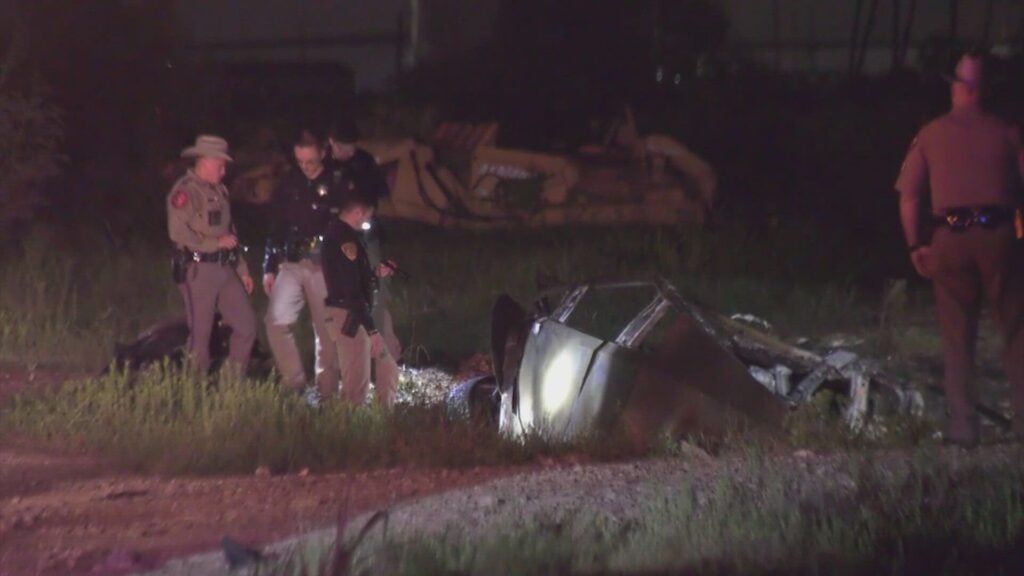
Can Tesla Be Held Responsible? Understanding California’s Defective Vehicle Laws
In California, the legal implications of a case like Michael Sheehan’s could be severe. The state enforces some of the strictest product liability laws in the country, holding manufacturers accountable for defects in design, manufacturing, distribution, or failure to warn when such flaws result in consumer harm. Under these regulations, a company may be held liable if it can be shown that a product defect directly caused injury or death.
In the case of Michael Sheehan’s death in a Cybertruck fire, the lawsuit against Tesla centers on two primary claims: dangerously defective design and inadequate safety warnings or instructions. The suit alleges that the Cybertruck’s design made it nearly impossible to open the doors manually after an electrical system failure. It also claims that Tesla failed to provide drivers with clear guidance on how to respond to emergencies.
Under California product liability law, plaintiffs can sue without proving that the manufacturer acted negligently. They must demonstrate that the product posed an unreasonable risk of harm when used as intended and that this risk was the proximate cause of the injury or death. Therefore, if the case had occurred in California, Tesla’s alleged prior knowledge of similar electronic failures, combined with its failure to address the issue, could significantly strengthen the argument for its liability.
Relevant Cybertruck Accidents in California
The fatal Cybertruck fire that resulted in Michael Sheehan’s death has reignited widespread concerns over the vehicle’s safety. According to a recent report by the industry publication Fuel Arc, the Tesla Cybertruck is 17 times more likely to catch fire and cause fatalities than the Ford Pinto, a vehicle famously recalled in the 1980s for its explosive gas tank.
As Tesla expands its robotaxi program in Austin, the company is facing mounting regulatory scrutiny, particularly in California, where disturbing Cybertruck crashes have raised red flags.
One of the most devastating incidents occurred in Piedmont just three months after Sheehan’s death. Three college students died when their Cybertruck veered off the road and collided with a tree. While one passenger escaped, the fire spread so rapidly that he could not save the others. Although authorities cited excessive speed as a contributing factor, the extreme intensity of the blaze has once again drawn attention to the vehicle’s design and fire safety performance.
In another high-profile case, Alijah Arenas, son of former NBA player Gilbert Arenas, sustained life-threatening injuries when his Cybertruck crashed into a tree in Los Angeles in April 2025. The vehicle caught fire moments later, and Arenas was placed in a medically induced coma due to severe smoke inhalation.
Common Causes of Tesla Cybertruck Accidents
Since its 2023 release, the Cybertruck has sparked controversy for its futuristic design and increasing technical flaws. In just over a year, the vehicle has been linked to numerous accidents, consumer complaints, lawsuits, and eight official recalls. Some of the most frequently reported issues associated with the Cybertruck include:
- Unintended Acceleration: In April 2024, Tesla recalled over 3,900 Cybertrucks due to an accelerator pedal defect. The pedal could become dislodged and become trapped under the interior trim, which could lead to sudden and uncontrolled acceleration.
- Reduced Visibility: In June 2024, a recall was issued due to faulty windshield wiper motors, which significantly impaired visibility in rainy conditions. Additionally, the Cybertruck’s own design contributes to visibility challenges: its flat windshield, elevated rear bed, and multi-layer sunshade create glare and blind spots for drivers.
- Exterior Panel Detachment: In March 2025, Tesla recalled 46,000 Cybertrucks after discovering that exterior panels could detach while the vehicle was in motion.
- Full Self-Driving (FSD) System Failures: Numerous drivers have reported erratic behavior while using the FSD system in the Cybertruck. Common issues include abrupt turns without warning, curb strikes, and veering into oncoming lanes.
- Autopilot-Related Crashes: Tesla is facing multiple lawsuits related to accidents involving its Autopilot system. The company typically avoids public trials by settling these cases confidentially.
- Hazardous Design Features: The Cybertruck’s sharp edges and angular structure have caused physical injury. There have been reports of users getting cut or even having fingers amputated by the vehicle’s heavy, rigid doors.
Does Tesla Meet Safety Standards?
While Tesla has established itself as a leader in the automotive industry, particularly in electric vehicles, concerns about the safety of its technology persist. Reports and studies evaluating vehicle performance have raised alarms among both consumers and regulatory agencies. As previously mentioned, the California Department of Motor Vehicles (DMV) is currently considering sanctions against Tesla.
Controversies surrounding the reliability of Tesla’s Autopilot system, allegations of misleading marketing practices, and ongoing recalls have all fueled growing skepticism about the safety of Tesla vehicles.
Although regulations appear to be in place, consumers must understand the risks associated with vehicles that frequently cause injury. Knowing these risks empowers consumers to take appropriate action and seek justice if they are in a car accident caused by product defects or negligence.
Injured in a Tesla Accident? Contact Adamson Ahdoot Today
Although technology is advancing rapidly, revolutionary products are not without risk. Take Tesla, for example. The company is known for pushing the boundaries with its modern and innovative designs. However, Tesla has recently experienced multiple incidents and lawsuits.
The Cybertruck is a clear example of how over-innovation can backfire when proper safeguards are ignored. The increasing number of injuries and accidents involving these vehicles has resulted in numerous legal claims. In California, victims of such accidents—whether physical or psychological—have the right to seek compensation.
If you have suffered injuries in a Tesla-related accident due to Autopilot failure or a Cybertruck defect, contact us. Call (800) 310-1606 or submit your case online. Our experienced attorneys are available 24/7 to offer a free consultation and explain your legal options.

